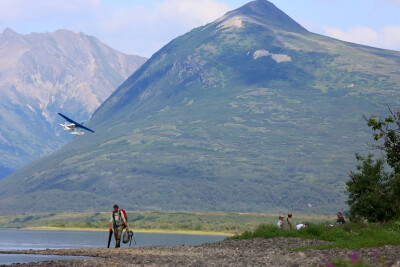LITTLE EGG HARBOR, N.J.: Oysters were once so abundant in New Jersey that vacationers would clamber off trains, wade into the water and pluck handfuls to roast for dinner. Their colonies piled so high that boats would sometimes run aground on them, and they were incorporated into navigation maps. Even earlier, Native American tribes would have oyster feasts on the banks of coastal inlets.
But over the centuries, rampant development, pollution, overharvesting and disease drastically reduced the number of oysters, here and around the country; many researchers and volunteer groups estimate oyster populations are down 85 percent from their levels in the 1800s.
That has sparked efforts throughout the coastal United States to establish new oyster colonies, or fortify struggling ones. Though small in scale, the efforts are numerous and growing, and they have a unified goal: showing that oysters can be successfully restored in the wild, paving the way for larger-scale efforts and the larger funding they will require.






